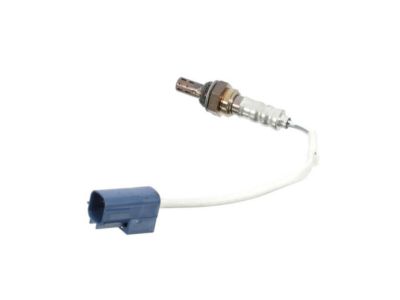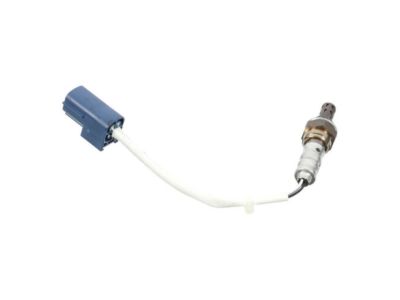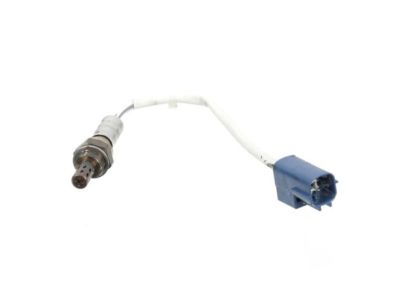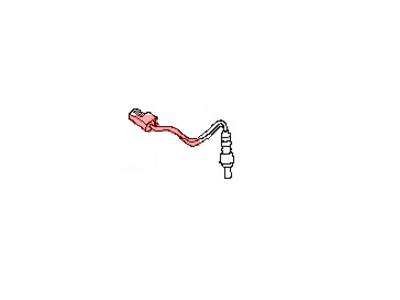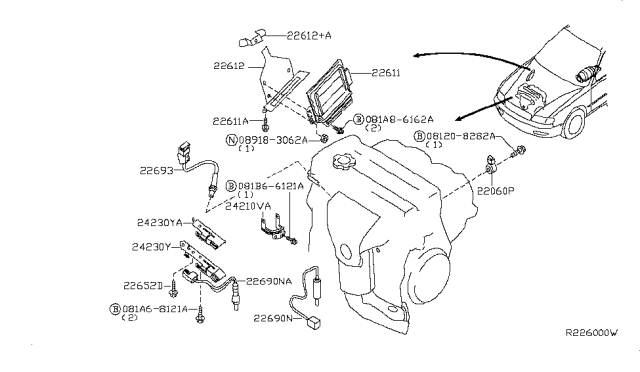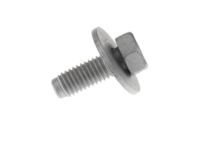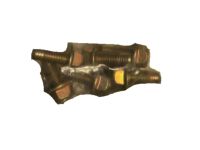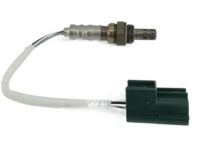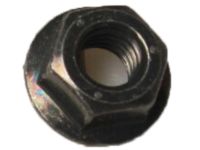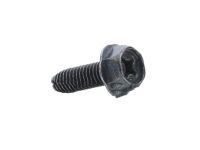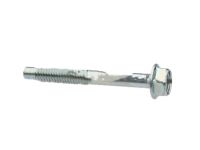To ensure reliability, purchase Nissan part # 226A0-AR210 Heated Oxygen Sensor. It is sometimes referred to as Nissan Oxygen Sensor. OEM parts are the #1 choice in terms of quality. Crafted by Nissan, they follow rigorous factory specs and go through the demanding quality control processes during manufacturing. This part fits 2004-2006 Nissan Altima, 2004-2007 Nissan Maxima, 2004-2010 Nissan Quest.
NissanPartsDeal.com is a leading supplier of genuine Nissan parts and accessories such as Nissan 226A0AR210 Heated Oxygen Sensor. Welcome to our vast selection of competitively-priced genuine Nissan parts available online. Each OEM Nissan part we provide is backed by a manufacturer's warranty and is subject to a stress-free return policy. Place your order now and receive your parts quickly, shipped directly to your doorstep.

